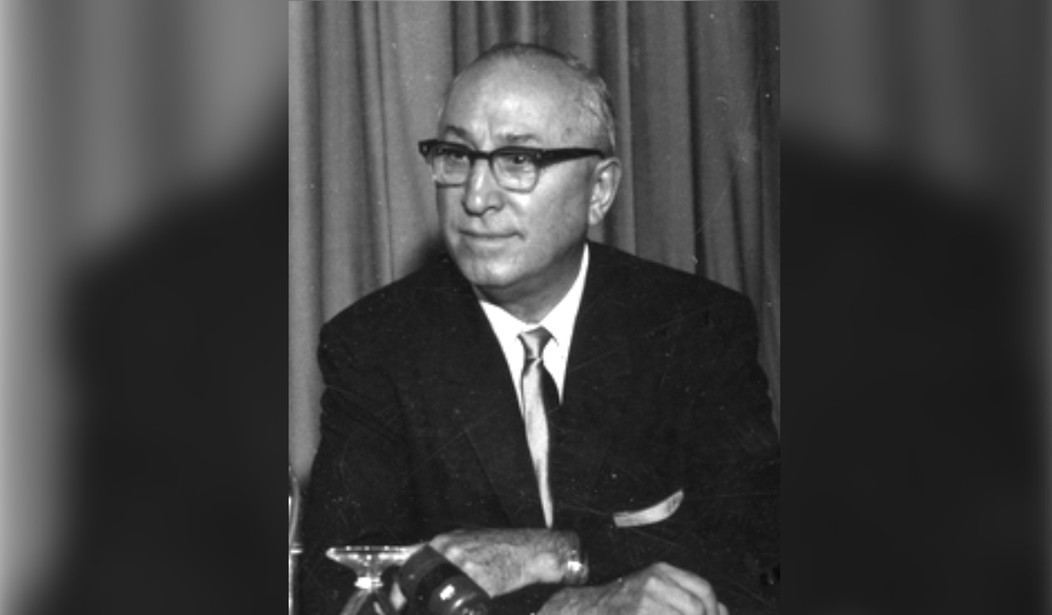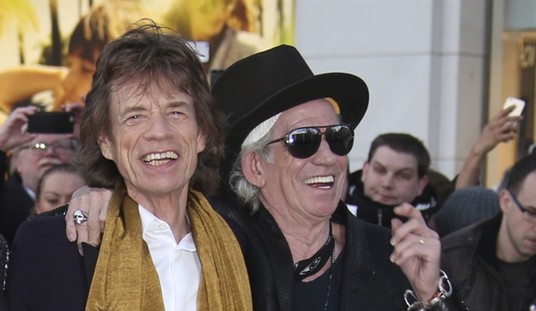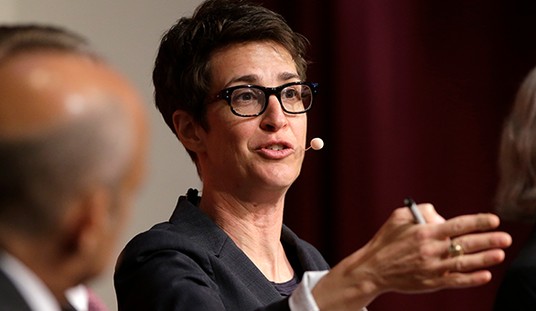Walt Disney gets the lion’s share of the credit for the success of the Disney company in its first four decades, and deservedly so. But many people don’t realize the influence that Walt’s older brother Roy had on the company. Roy served as Walt’s business partner and handled the business decisions for the company from its founding until his passing in 1971. Bob Thomas, author of Walt Disney: An American Original, published Building A Company: Roy O. Disney And The Creation Of An Entertainment Empire. Thomas’ biography of Roy tells his story like no one else can.
Roy Disney was born eight years before his brother Walt. Their two older brothers had grown up and moved away, so Roy took Walt under his wing, and the two were inseparable for many years. Roy served in Europe in World War I, and his brother’s service prompted Walt to serve with the Red Cross at the tail end of the war. Later, Roy contracted tuberculosis and moved to California to recuperate. When Walt decided to strike out on his own in Los Angeles, Roy was in a VA hospital in nearby Sawtelle. Walt visited Roy to tell him of his plans to start a studio. Roy walked out of the hospital with his brother and never looked back.
In the early days of the studio, Roy worked a camera, but that was the extent of his work in “show business.” The two brothers married – Walt married Lillian Bounds, while Roy tied the knot with his longtime girlfriend, Edna Francis. As the studio grew, Roy traveled back and forth to New York to meet with distributors or to secure financing. Many times, Roy found himself faced with the choice of acquiring more funds or refusing to implement one of Walt’s ideas. Roy rarely told Walt “no.”
Even though Roy rarely ventured into the creative realm, he was no silent partner. Roy made his opinions clear, sometimes in sly, creative ways. The late John Hench, the extraordinary Imagineer, told one story to Thomas:
It amused all of us when we used to take audience reaction [at the studio] to scenes or rough cuts of features. There was always one comment: “Walt, stick to shorts.” We knew who that was: it was Roy. Walt was so annoyed. He’d say, “I gotta find this guy and explain to him. He just doesn’t have the right spirit here. He keeps saying, ‘stick to shorts’ all the time.” He never did find out, because none of us ever told him.
The company continued to grow, the studio moved from cartoon shorts to animated features, then on to live-action features, documentaries, television, and theme parks. Roy’s travels, usually with Edna, took him all over the world, seeking new markets and helping make Walt’s new dreams a reality. Roy wasn’t just a brother and business partner to Walt: he was a trusted right-hand man and an integral part of the company’s success.
The employees at the studio for the most part divided into “Walt’s Boys” and “Roy’s Boys.” Walt handled the creative end of the company, of course, and according to Thomas, Walt motivated them out of the sheer force of his genius as opposed to personally. “Roy’s Boys,” handling the business aspects of the company, on the other hand, felt great affection for their boss. Thomas uses variations on the phrase “fierce loyalty” over and over throughout the book to describe employees’ attitudes toward the elder Disney. Another employee in Europe appreciated how Roy “was always looking to the future” in a business sense that was much different from Walt’s futuristic plans.
Around the studio, employees knew Roy for his even temper and the atmosphere he brought to the office. Harry Archinal, an executive in the foreign sales department, told Thomas:
Roy brought a calming presence to everything… You knew you weren’t going to get your ass chewed out, as with some bosses. There was absolutely zero fear in whatever the group as, as long as Roy was there.
As time went on, Roy’s sense of humor was more apparent than Walt’s. Walt would become so intensely focused on tasks that he would not respond well to joking, but one employee remarked that Roy “could laugh real quick.”
Both Disney brothers argued, once not speaking to each other for several months. But they both knew of each other’s love, and Walt publicly acknowledged his dependence on Roy on two key occasions. When the company had paid off the other corporations that had invested in Disneyland, Walt praised his brother’s role in making Disneyland a reality:
That’s the thing my brother’s been fighting for… He’s done a perfect job there. The way I back him up is if I make a good product and the money comes in, then he can do those things. And I think he’s really fought there. He fought a long battle to get that thing financed and then freed.
Nearly a decade later, at the press conference announcing Disney’s “Florida Project,” Walt’s praise for Roy was effusive:
He’s my big brother, and he’s the one that when I was a little fellow I used to go to with some of my wild ideas, and he’d either straighten me out and put me on the right path – or if he didn’t agree with me, I’d work on it for years until I got him to agree with me… In this project, though, I’d just like to say that I didn’t have to work very hard on him. He was with me from the start.
Walt’s relatively sudden death in December 1966 left Roy, who was contemplating retirement, to become the bearer of Walt’s visions for two major projects: what was at the time called Disney World and the California Institute of the Arts (CalArts). Roy traveled back and forth to Florida, carefully supervising plans and always in the loop on details. It was he who insisted that the Florida Project be called Walt Disney World (emphatically so – if an employee referred to the property as Disney World in a meeting, Roy’s anger would flare). CalArts turned into headache after headache – Edna referred to it as “the place that killed my husband” – but Roy and others were able to get the school off the ground.
Roy studied the early reports on Walt Disney World’s opening, and he was pleased as attendance and revenue figures increased. He presided over the dedication ceremony, which took place about three weeks after the park’s opening. His last action before retiring consisted of developing plans for increased parking to handle the flow of guests into Walt Disney World. He planned his graceful exit from the company for Feb. 1, 1972, and booked a cruise to Australia for Edna and himself to set sail shortly afterward. He passed away on Dec. 20, 1971, of a massive brain hemorrhage.
For me, the book brought to life a figure I just didn’t know much about. I knew how instrumental Roy was in the growth and development of the Disney company and brand, but it took this book for me to learn about Roy the man. I gained a huge measure of knowledge of and an even greater respect for Roy Disney. It’s tough to get your hands on a copy, but I highly recommend Building A Company.










Join the conversation as a VIP Member